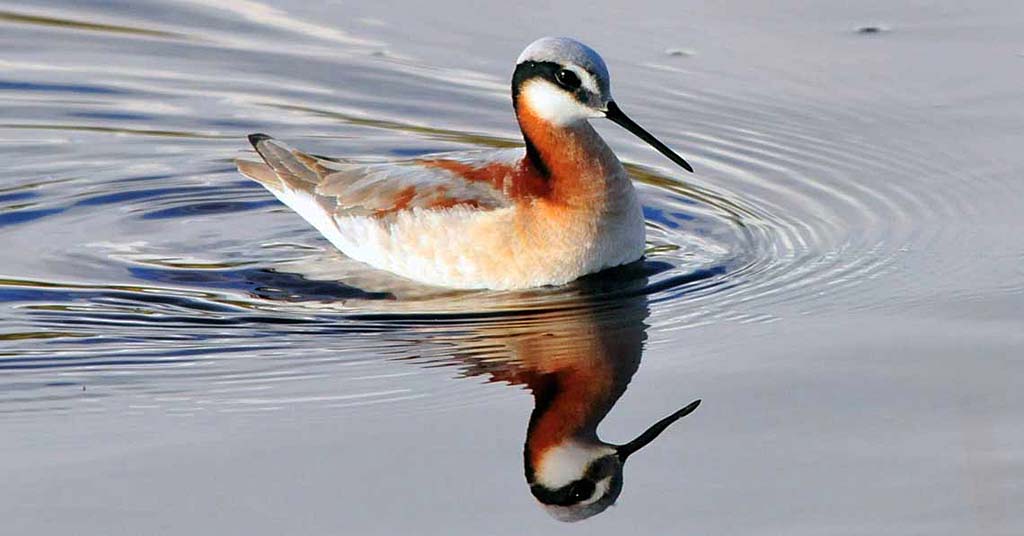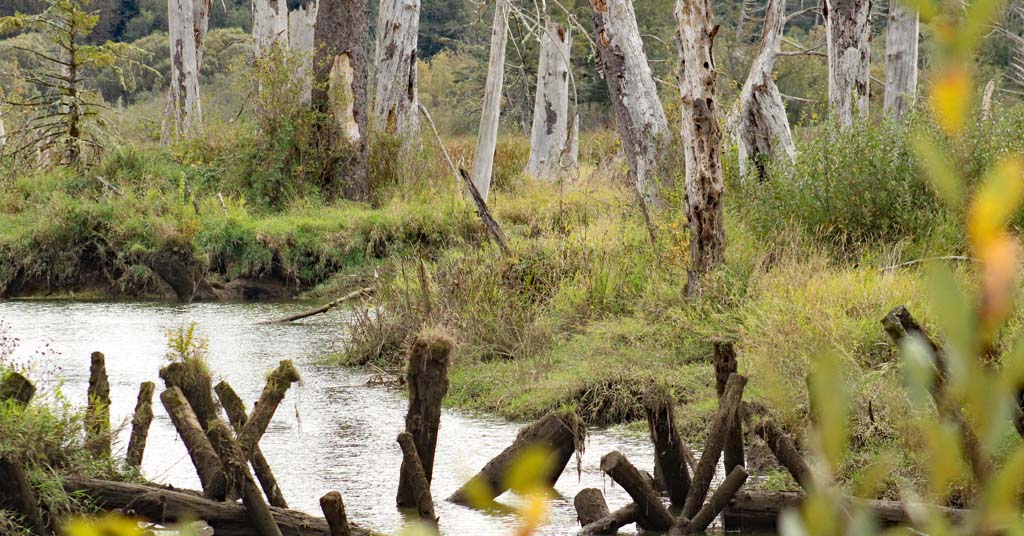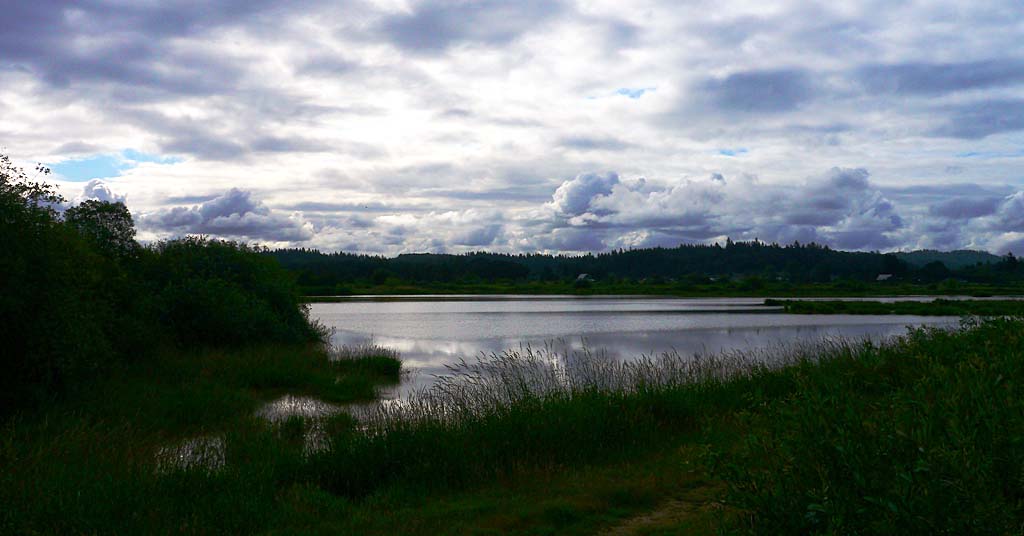A bill sponsored by Idaho’s Mike Crapo and Oregon’s Ron Wyden would allocate $50 million for wetlands across the Columbia River Basin
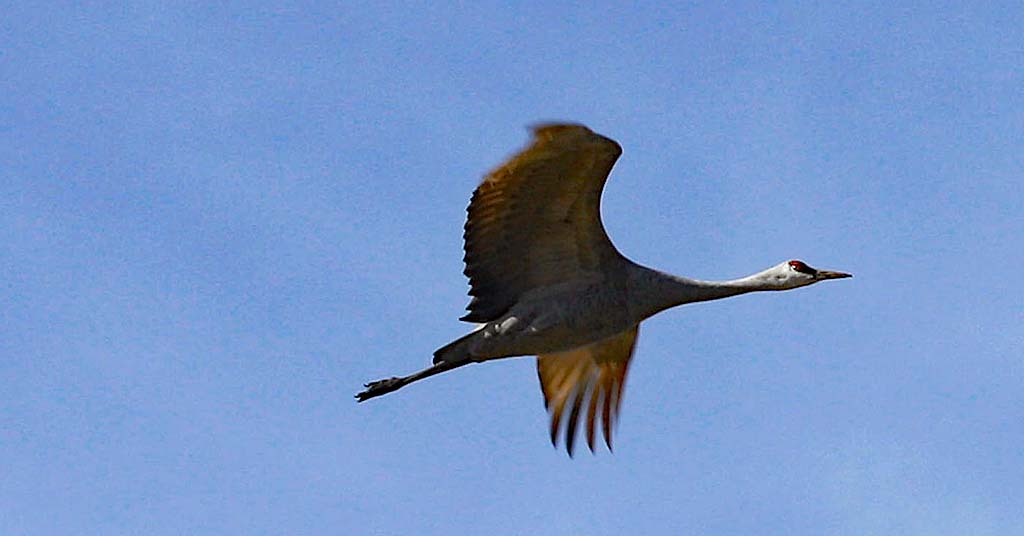
Looking for a pit stop: After wintering in California, thousands of lesser sandhill cranes migrate through Oregon and Washington along the Pacific Flyway on their way to breeding grounds in Alaska. Photo: Kathy Munsel/ODFW
By Kendra Chamberlain. May 14, 2025. Each year, hundreds of bird species take flight through the Pacific Flyway. Stretching from northern Alaska to Patagonia, it’s one of the main migration routes for waterfowl and other bird species in the western Americas.
Now U.S. Senators Ron Wyden, D-Ore., and Mike Crapo, R-Idaho, have introduced bipartisan legislation aimed at supporting wetlands habitat restoration across the entire Columbia River Basin and along the Oregon and Washington coasts.
The bill calls for $10 million for each fiscal year from 2026 through 2030 to carry out the pilot program.
The aim is to ease the journey for birds moving through the Pacific Northwest by creating and sustaining pockets of wetlands habitat across an area that, over the last century or so, has been drained and put to use through agriculture or commercial development.
“Most waterfowl and migratory birds in our region fly from Alaska to Mexico, sometimes further,” Matt Little, western region director of public policy at Ducks Unlimited, told Columbia Insight. “They’re dependent on water being put on farmers’ fields and ranchlands, even temporarily, during the migration.”
Little has been working on the bill on behalf of Ducks Unlimited for the last three years.
“There’s a lot of concern that there’s not enough funding to do good, on-the-ground, restoration work,” said Little. “And there are needs of water infrastructure and fish-friendly water infrastructure, especially along the coast. That’s where the idea [for the bill] came from.”
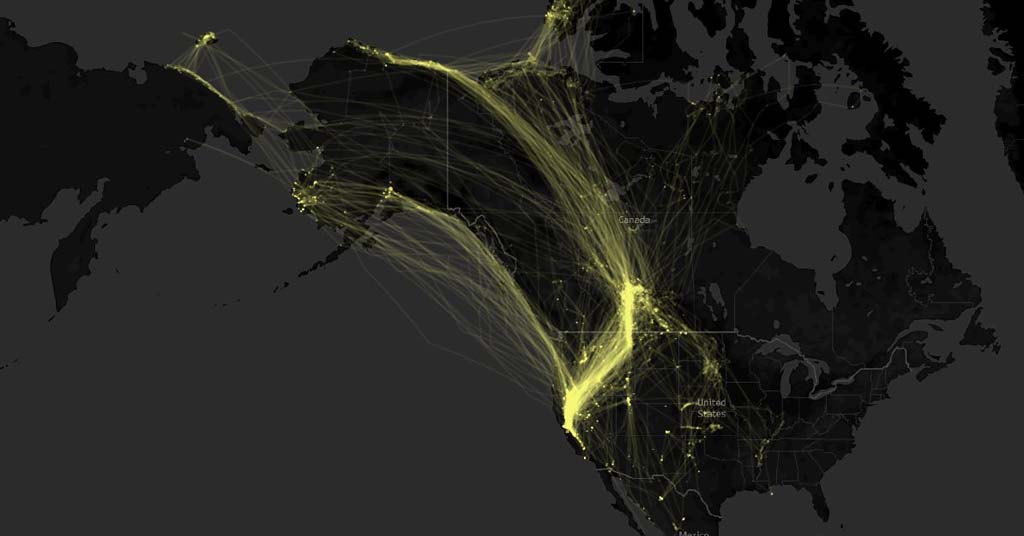
Waterfowl migration routes in the Pacific Flyway. Map: USGS
The Northwest Wetlands Voluntary Incentives Program Act offers grants and technical assistance to government agencies, Tribal entities, farmers, ranchers and nonprofits for wetlands restoration and enhancement projects. The bill would also provide assistance to farmers and ranchers for water infrastructure projects that support migratory birds as they make their seasonal journeys.
Bipartisan conservation bills are a growing rarity in Congress, but Little said he believes this bill is popular enough to get momentum in Congress.
“All bills take a while, and in this environment where everything’s being cut, I think it will take longer,” said Little. “But this is a huge, big step, and to make it a bipartisan bill, with these two senators, is a huge step forward.”
The bill has backing from groups like the Idaho Wildlife Federation, Pacific Birds Habitat Joint Venture, Coalition of Oregon Land Trusts and Oregon Agricultural Trust.
“Preserving critical wetland habitat is vital to protecting open landscapes for the diverse species—including numerous varieties of birds and fish—that call Idaho home,” Crapo said in a statement. “Investments in public-private partnerships in Idaho and the Pacific Northwest will help keep wild spaces wild.”
“Restoring our wetlands is about more than just providing habitat for birds and other wildlife living along the Pacific Northwest coast,” Wyden said in a statement. “It is about investing in the watersheds where Tribes, farmers, and other local Pacific Northwest communities have maintained their way of life for generations.”




